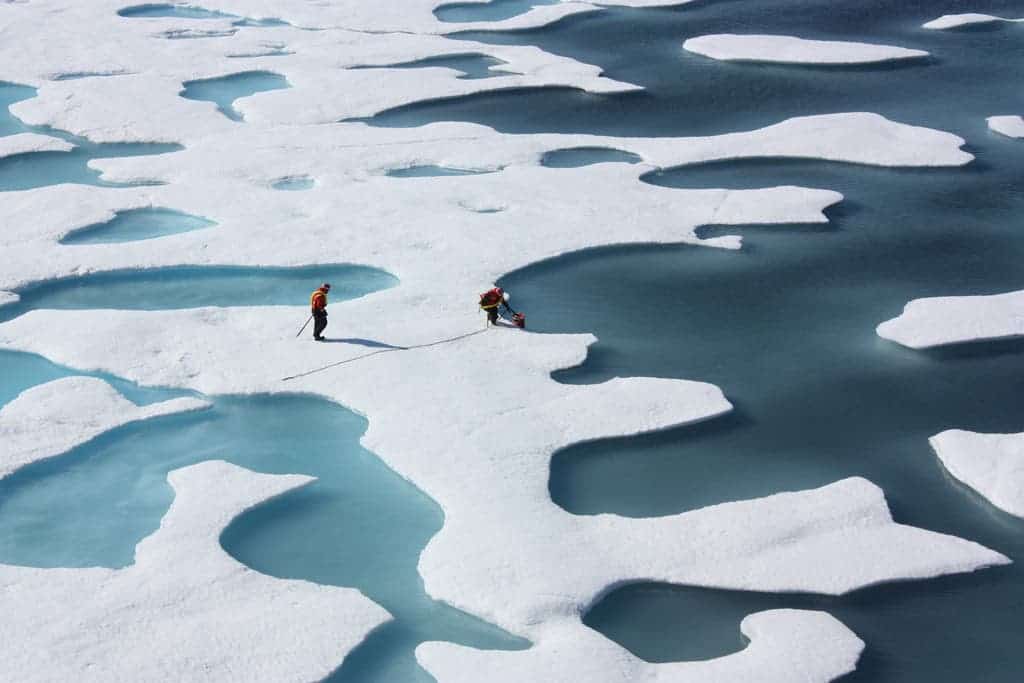The Arctic, one of the regions in the world most affected by climate change, has started to move from a largely frozen state to an entirely different climate, according to a new study of the Arctic conditions. The transition could be more severe in the future as the effects of global warming continue to kick in even further.

Weather conditions in the Arctic have always changed from year to year, shifting from colder to warmer winters or from longer to shorter seasons of rain instead of snow. But this time is different. The research found the Arctic has warmed so significantly that the year-to-year variability is moving outside the bounds of any past fluctuations.
“The rate of change is remarkable,” Laura Landrum, a researcher at the National Center for Atmospheric Research (NCAR) and lead author, said in a statement. “It’s a period of such rapid change that observations of past weather patterns no longer show what you can expect next year. The Arctic is already entering a completely different climate than just a few decades ago.”
In the new study, Landrum and her co-author Marika Holland discovered that the Arctic sea ice has melted so much in the last few decades that even a record cold year won’t have the amount of summer sea ice that existed in the mid-20th century. The air temperatures during autumn and winter will drive the region to a district climate by the middle of this century, they found.
The researchers used observations of Arctic climate conditions as well as hundreds of detailed computer simulations. Such a vast amount of data allowed them to establish the climate boundaries of the “old Arctic” and later to identify when global warming will push the Arctic beyond those natural bounds into a new climate. They based their predictions on a high-end scenario for future emissions.
The Arctic is known to be affected more severely by global warming than other lower-latitude regions. This happens because light-colored sea ice, which reflects heat back into space, is replaced by darker ocean water, which traps heat. At the same time, relatively warm ocean waters are no longer protected in the winter as effectively by the shielding properties of thick sea ice.
Landrum and Holland turned to multiple simulations from five of the world’s leading climate models that have been used for an international research project. These enabled them to have a statistically significant picture of the Arctic climate, differentiating year-to-year natural climate variability from a transition to a new Arctic climate.
They first compared the model output to observations, confirming that the models were accurately capturing past climate and therefore could reliably simulate future climate. Then, the researchers applied statistical techniques to determine when climatic changes exceeded the bounds of natural variability. They found the Arctic has already entered a new climate, confirmed by all the climate models.
Looking forward, Landrum and Holland found that the Arctic may start to experience largely ice-free conditions in the next several decades. The Arctic could become mostly ice-free between three to ten months annually by the end of the century, based on a scenario of high greenhouse gas emissions. At the same time, air temperatures over the ocean will enter a new climate during the first half or middle of this century.
At the same time, the researchers found that the cycle of precipitation will also change dramatically in the Arctic. If emissions continue at a high level, most continental regions will see an increase in the rainy season between 20 to 60 days days by mid-century and between 60 to 90 days by the end of the century.
The study was published in the journal Nature Climate Change.


